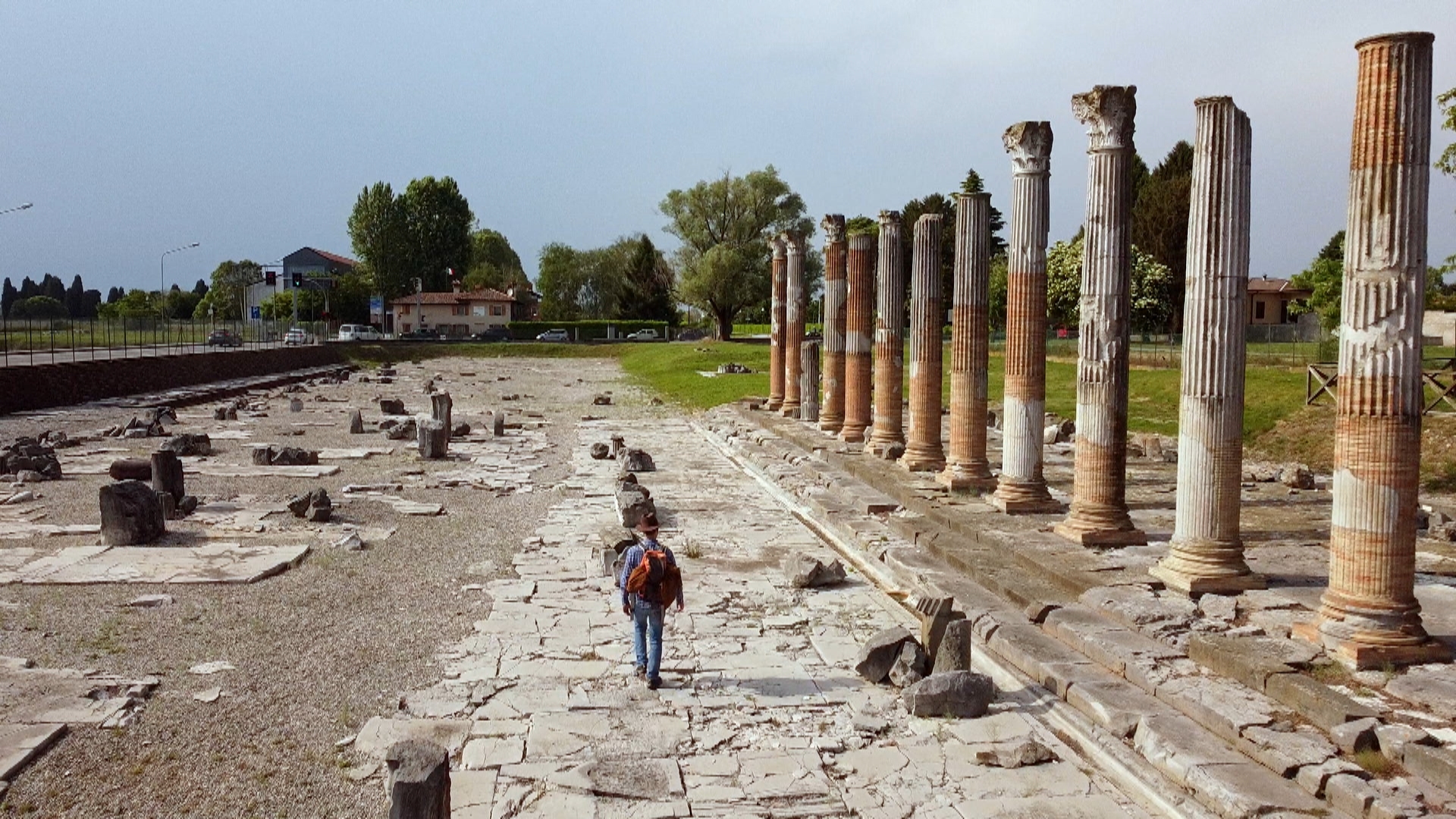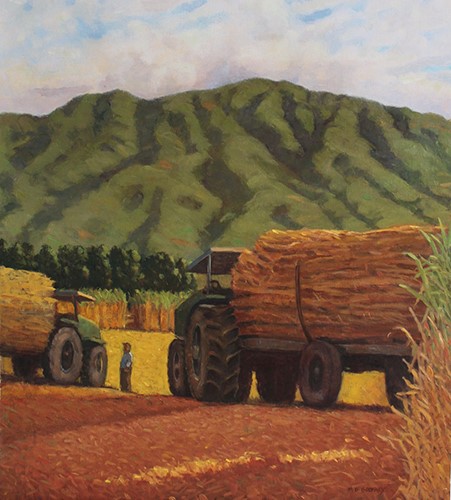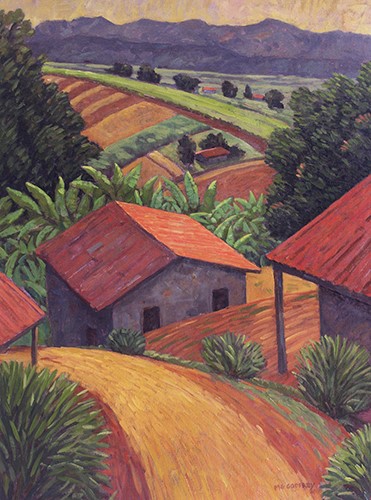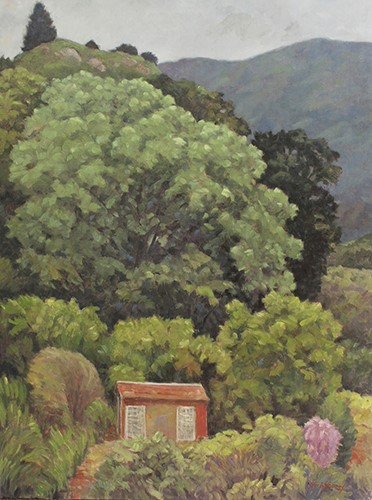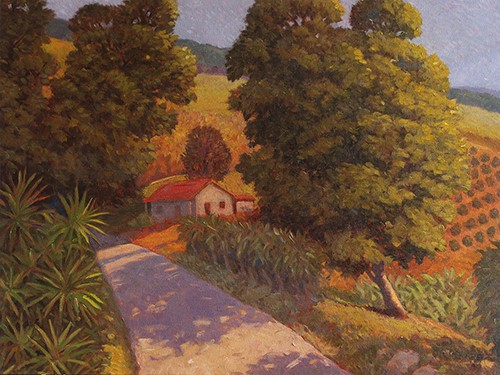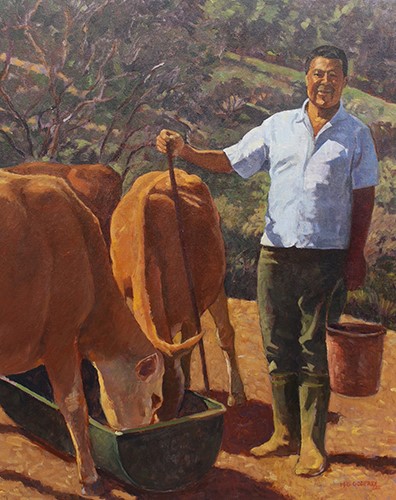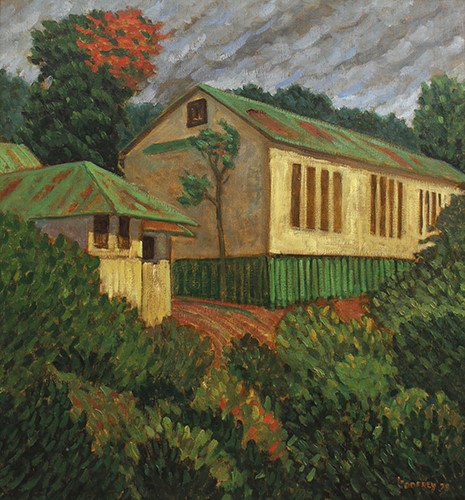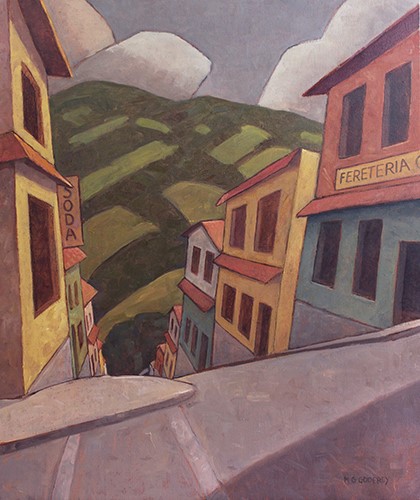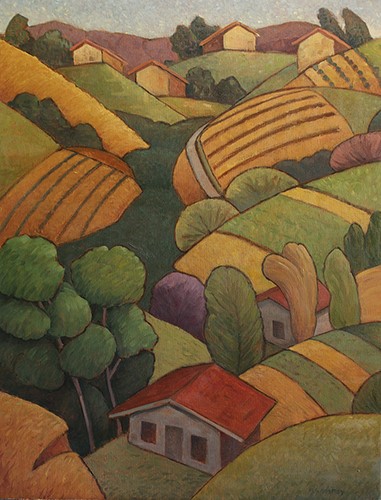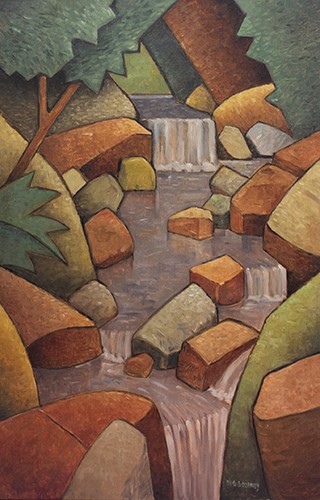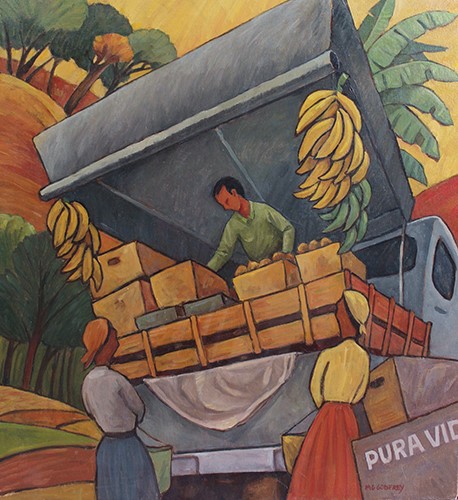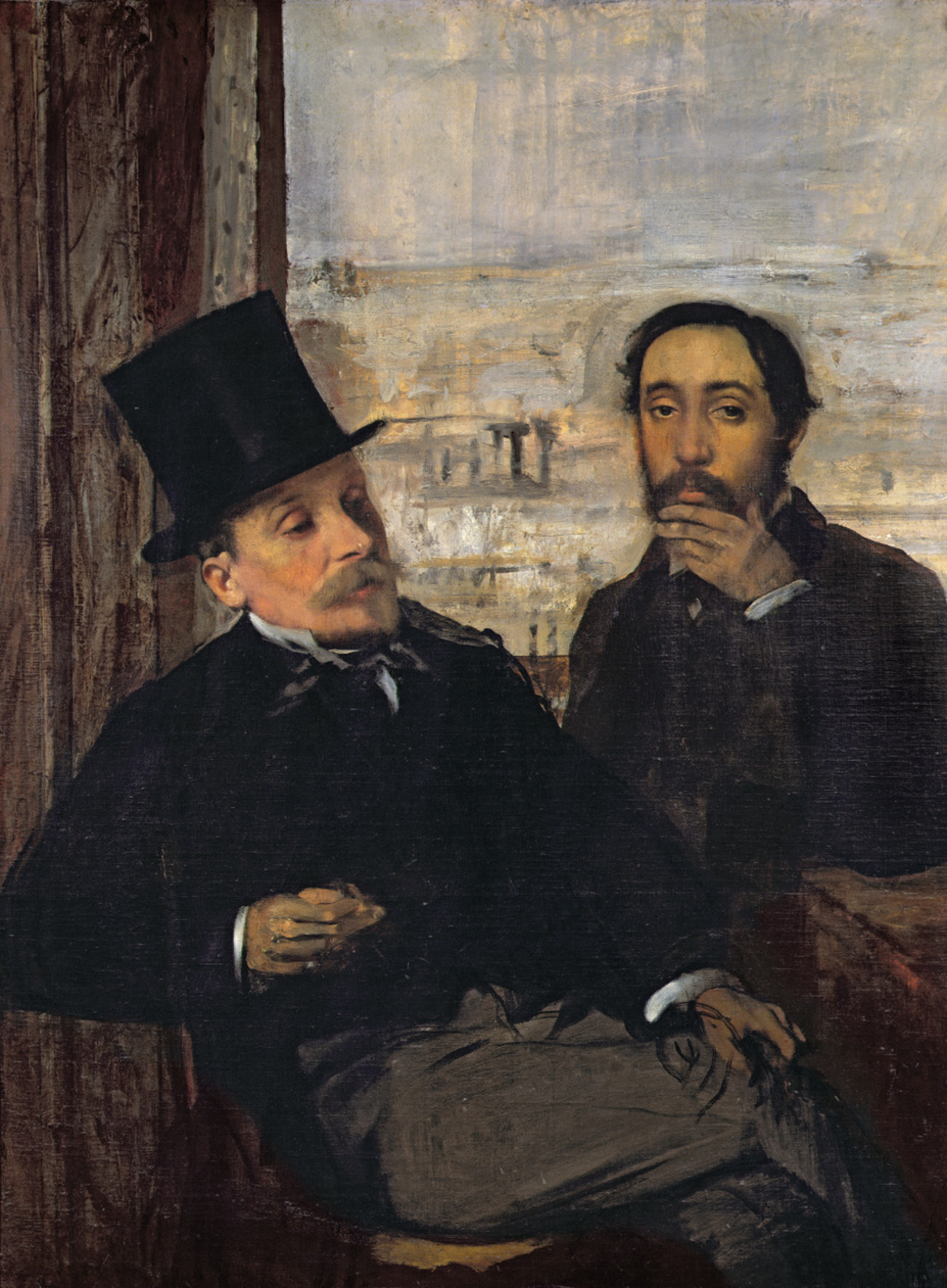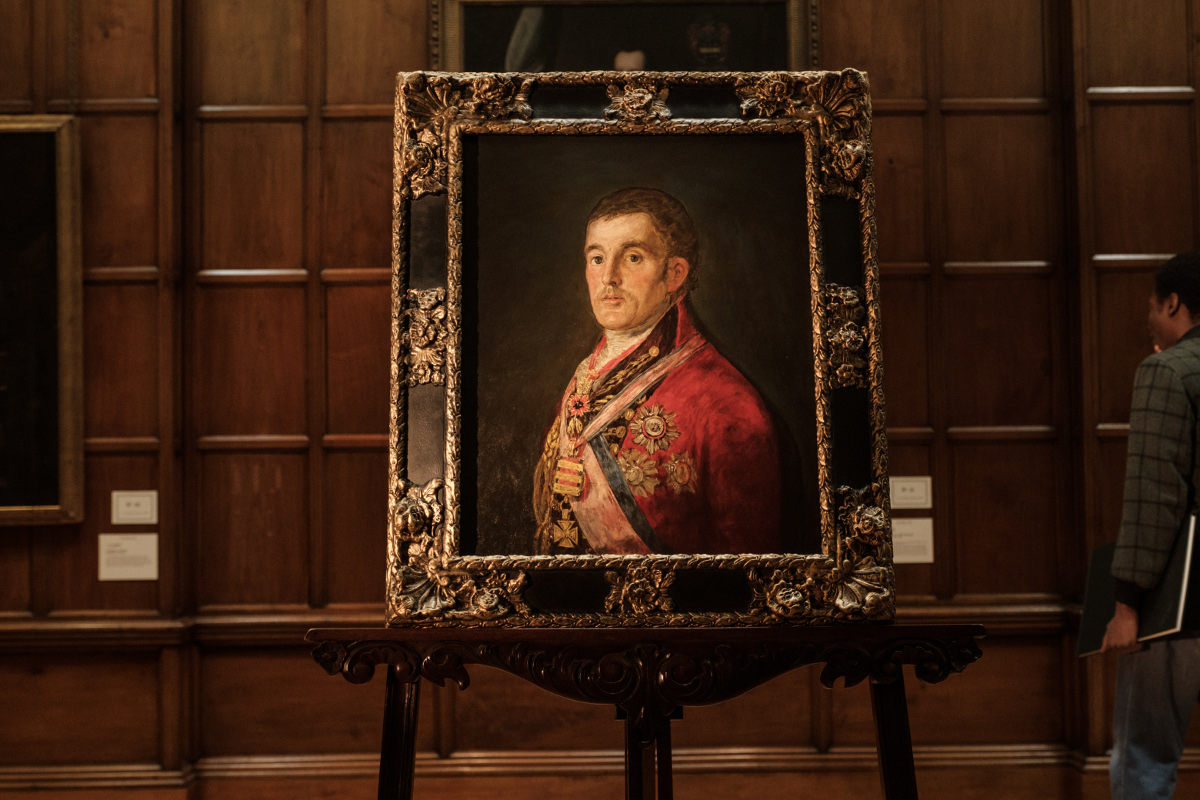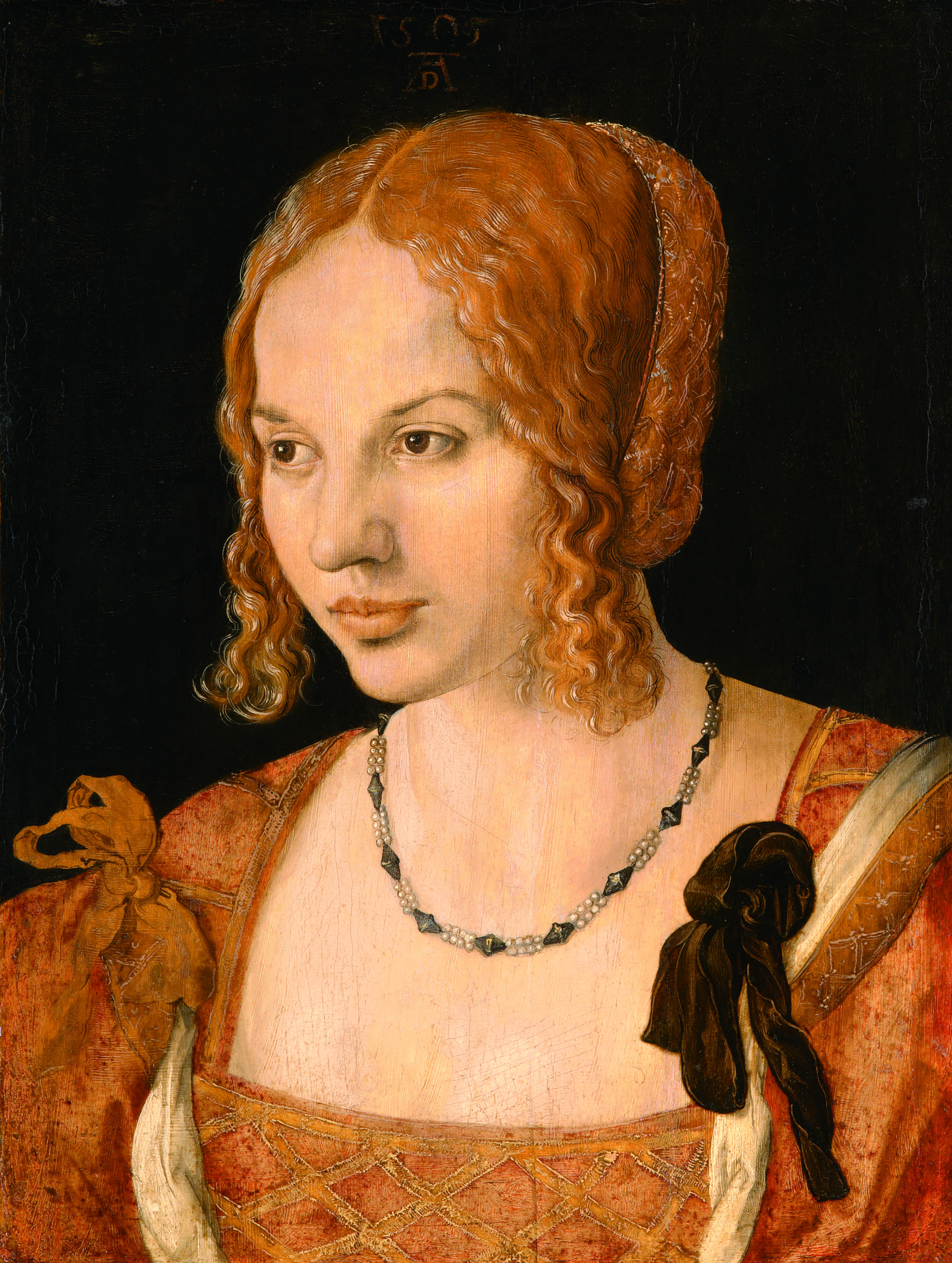Guido Reni, Bacchus and Ariadne, C.1614-16, Oil on canvas, 86 x 96 cm, Los Angeles County Museum of Art, Los Angeles | Photo: © Los Angeles County Museum of Art, Los Angeles
From 23 November to 5 March the “divine” Guido Reni will cross the gates of the Städel Museum with over 130 works, including paintings, prints, drawings.
For what reason, despite the fame that granted the artist the nickname “divine”, Reni’s brush was long shrouded in oblivion, overshadowing his contemporaries such as Caravaggio and Ludovico Carracci?
The retrospective curated by Bastian Eclercy, organized in collaboration with the Museo Nacional del Prado in Madrid, will try to shed light on this mystery by offering a new perspective on the religious and superstitious painter at the same time, irremediably addicted to gambling.
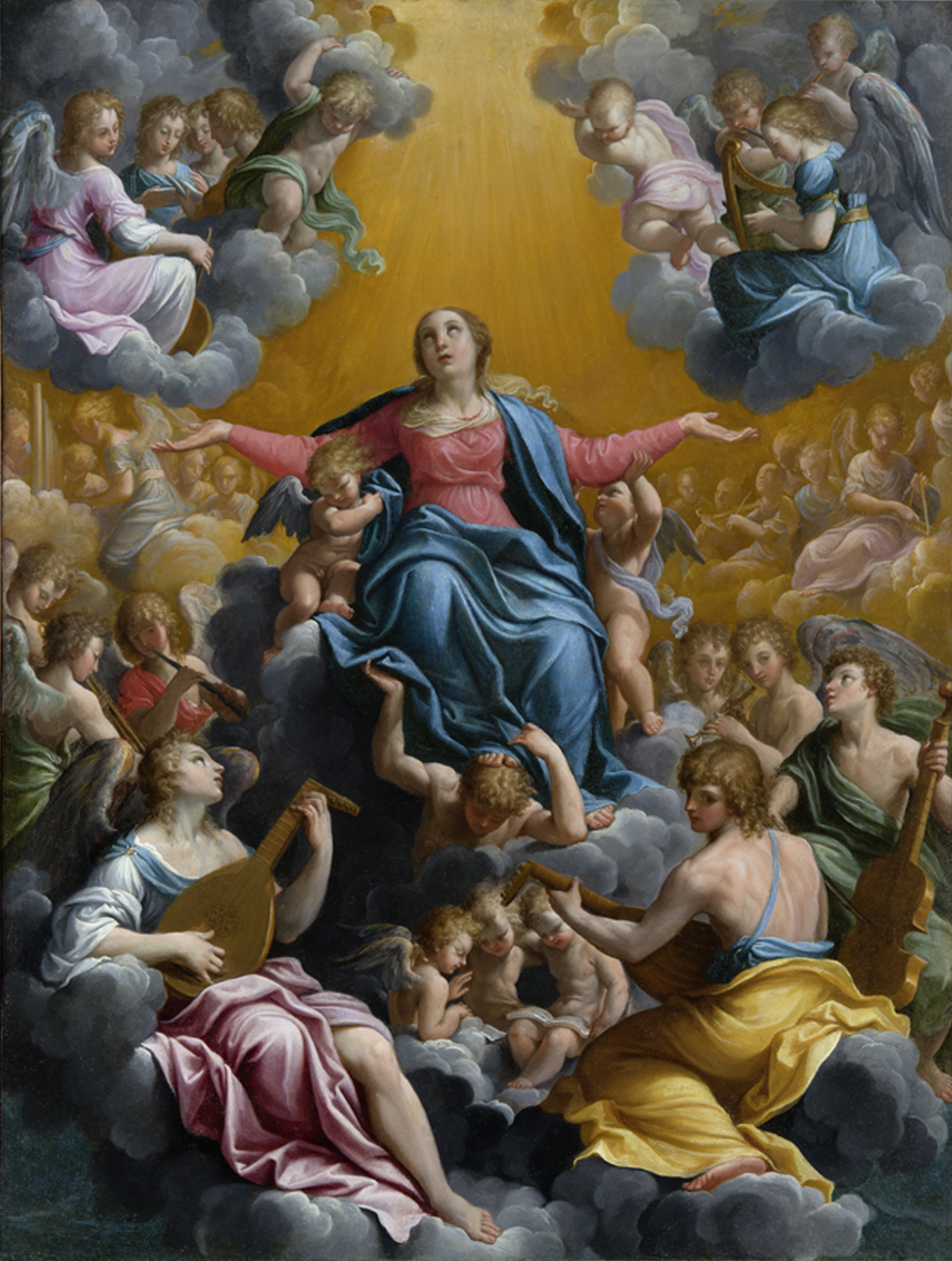
Guido Reni, Assumption of the Virgin, about 1598-99, Oil on copper, 44.4 x 58 cm, Städel Museum, Frankfurt | Photo: © Städel Museum
The artist who preferred the representation of the heads of Christ and Mary, with their upturned faces and gaze to the sky, will be on display with important masterpieces from the collection of the Städel Museum, such as the copper table Assumption of the Virgin, which will be joined by works from over 60 institutions, including international museums and private collections, from the Museo Nacional del Prado in Madrid to the Uffizi Gallery in Florence, from the Metropolitan Museum of Art in New York to the Louvre.
Alongside these works, the exhibition path will place a series of works by the artist never exhibited before. In this reconnaissance of Guido’s art, images taken from the models that influenced his practice, such as Raphael, Parmigianino, and Annibale Carracci, alternate with rare historical documents, such as the painter’s account book for the years 1609–1612 to come. from the Morgan Library & Museum in New York.
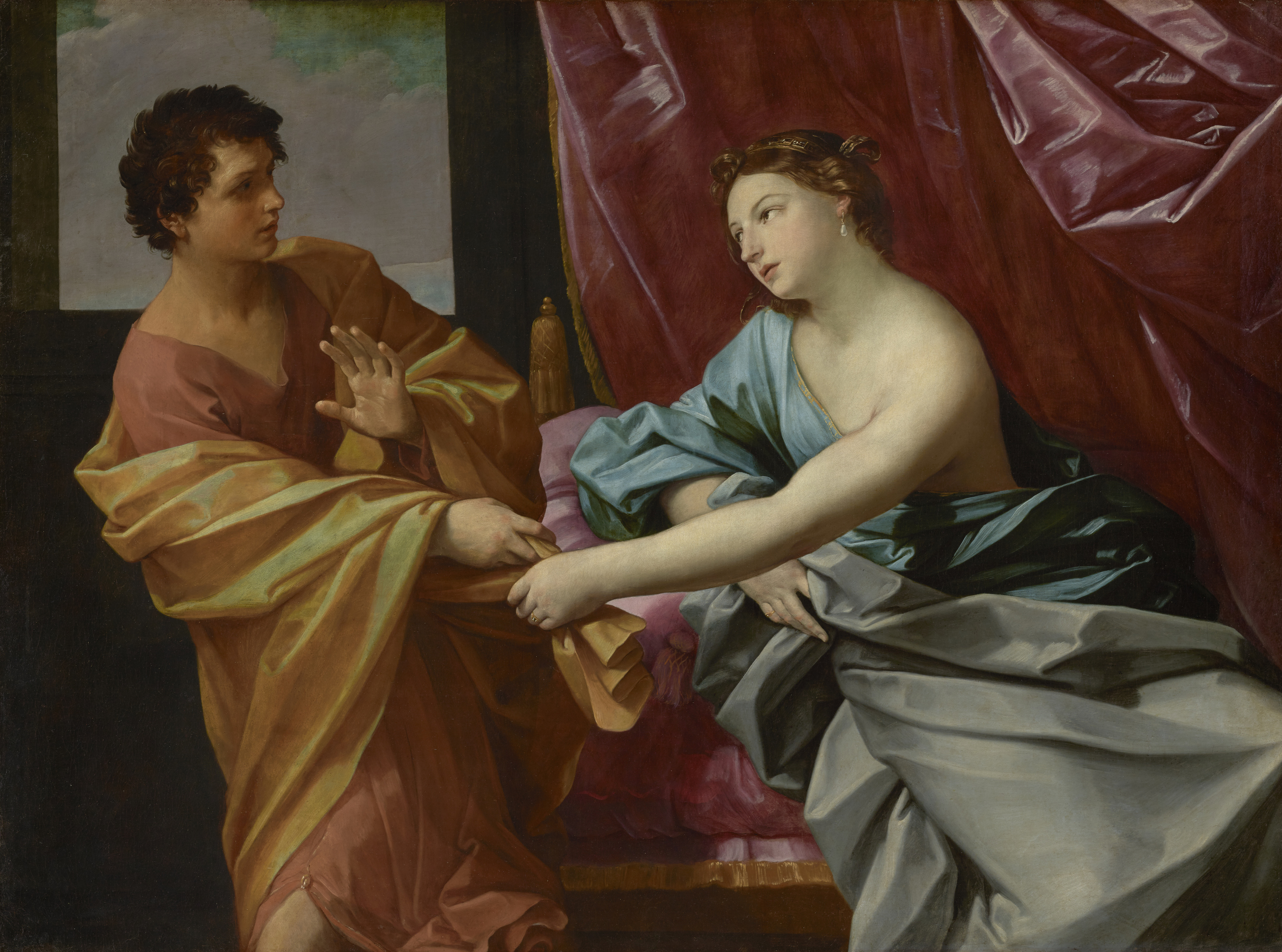
Guido Reni, Giuseppe and Putifarre’s wife, around 1630, Oil on canvas, 169.5 x 126.4 cm, Los Angeles, The J. Paul Getty Museum | Photo: © The J. Paul Getty Museum, Los Angeles
“The exhibition of the Städel Museum, entitled Guido Reni. The divine represents the first opportunity in more than 30 years to let the public rediscover the former protagonist of Italian Baroque painting – explains Philipp Demandt, director of the German museum -. Thanks to our generous backers and sponsors we have been able to collect the largest collection of works ever gathered in one place. Guido Reni dominated Baroque painting in Europe, but his art has been unfairly neglected. Precisely these aspects guide the exhibition, demonstrating why Reni instead represents one of the most famous painters in 17th-century Italy ”.
Between masterpieces of the route also stand out theAssumption of the Virgin And Christ at the column freshly restored. The exhibition story around the visionary Reni unfolds in ten chronological chapters, each dedicated to a theme, without neglecting the crucial episodes of his career revealed in the biography of the Bolognese scholar Carlo Cesare Malvasia, published in 1678.
If the first chapter includes the two versions ofAssumption and Coronation of the Virgin of the Prado Museum and the National Gallery in London, the painter’s complex personality emerges in the opening section in the form of portraits. The first altarpieces and devotional paintings, as well as virtuous chalk drawings made while attending the Accademia dei Carracci, show how Reni forged a very personal visual vocabulary by combining the late mannerism of the Flemish Calvaert, the innovative painting of Carracci and the studio of High Renaissance artists such as Raphael and Parmigianino.
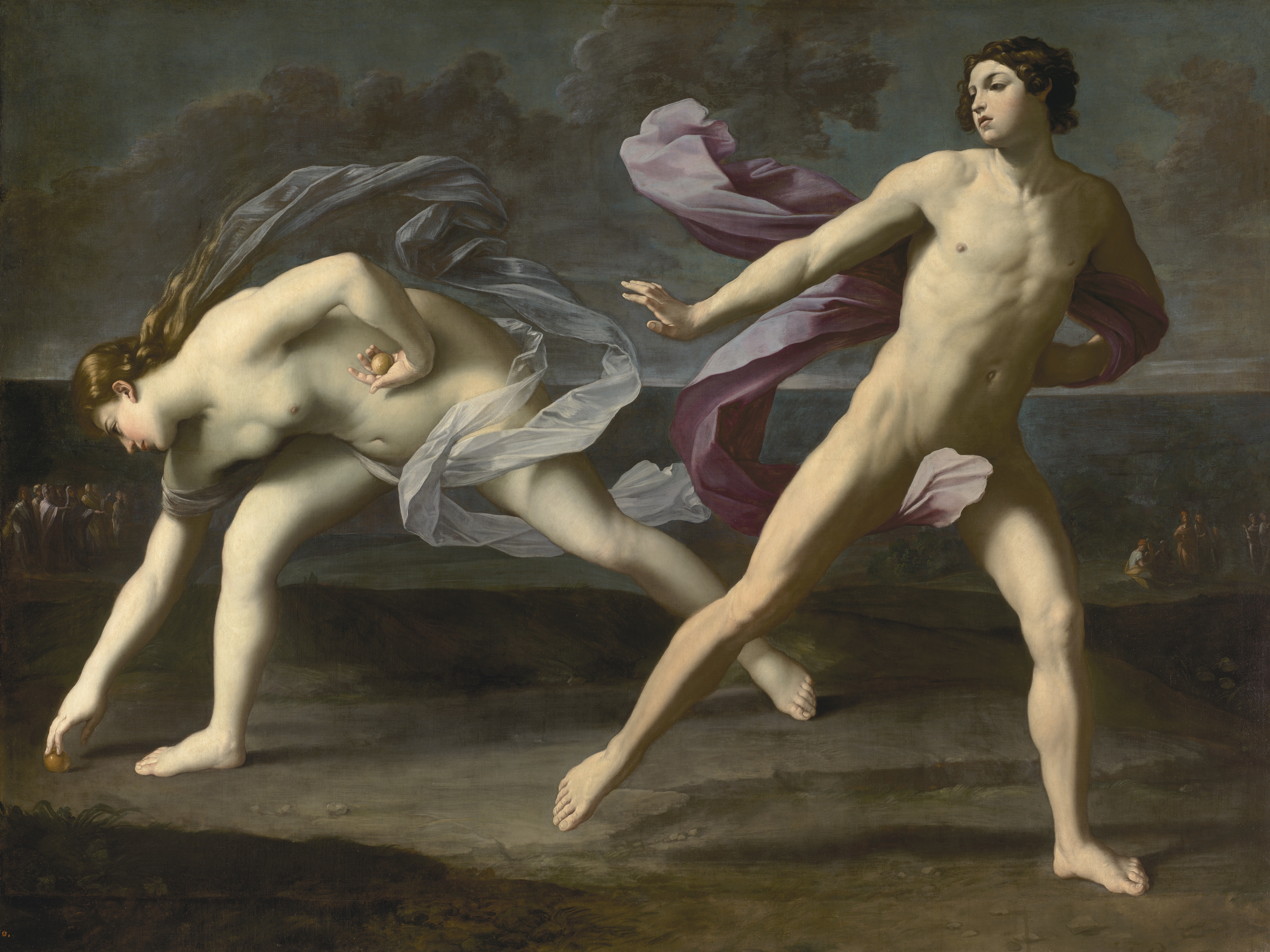
Guido Reni, Atalanta and Ippomene, about 1615-18, Oil on canvas, 297 x 206 cm, Madrid, Museo Nacional del Prado | Photo: © Museo Nacional del Prado, Madrid
Reni’s masterpiece Christ at the Column demonstrates the formative influence of Caravaggio, a master whom the painter met in Rome after his transfer in 1601. The large altarpiece with the Martyrdom of Saint Catherine And David with the head of Goliath where the influence of ancient sculpture is strong. The return to Bologna, in 1614, after thirteen years of absence, coincides with half-figure paintings such as Lot and his daughters arriving in Frankfurt from the National Gallery in London and the Conversion of Saul. To reveal Reni’s “second manner”, coinciding with the end of the 1720s, when the painter’s palette becomes more and more rarefied, to give subsequent paintings a hitherto unknown porcelain splendor, are works such as the Vision of Sant’Andrea Corsini from the Uffizi and the Christ on the cross from the Galleria Estense in Modena.
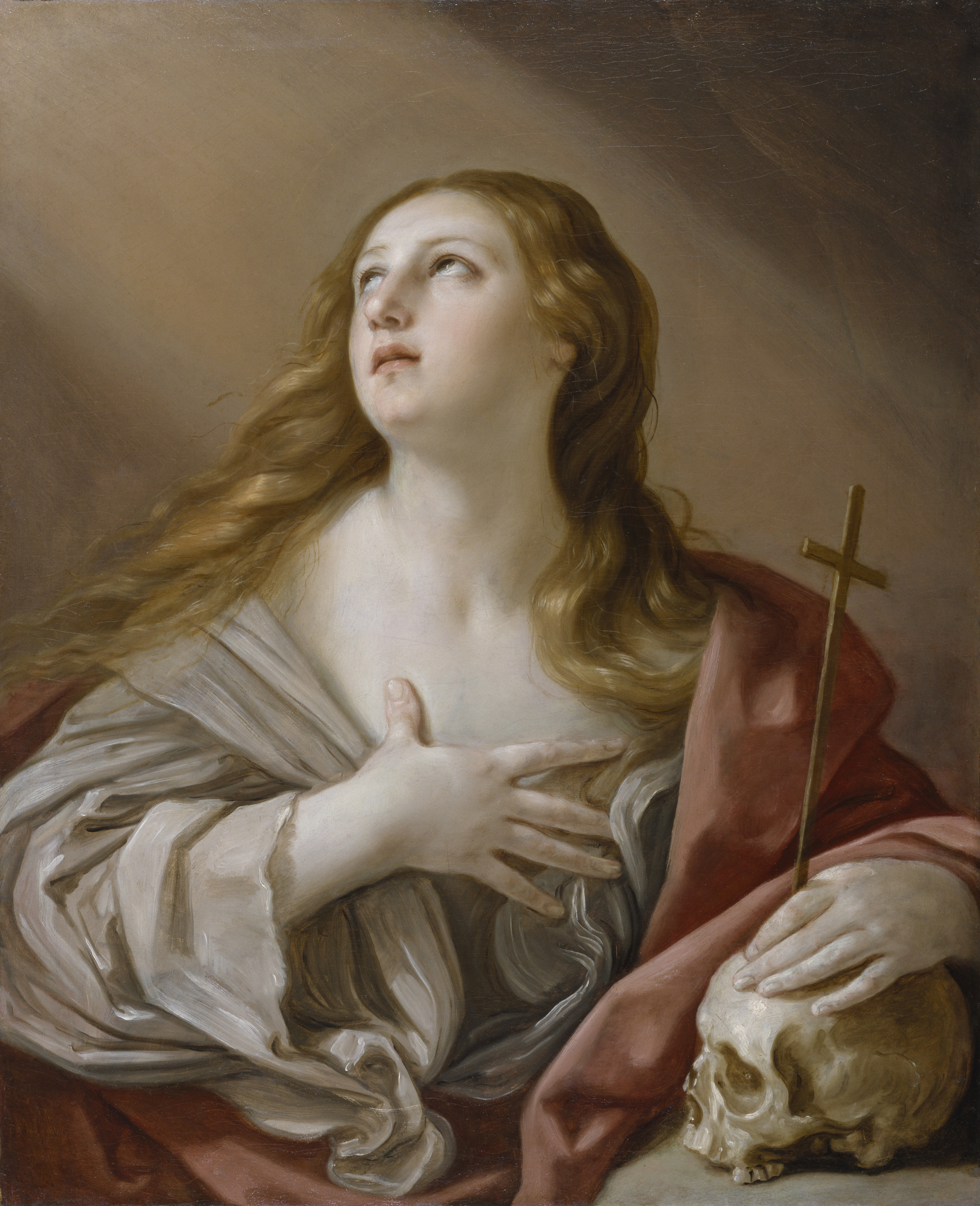
Guido Reni, Penitent Magdalene, about 1635, Oil on canvas, 74.3 x 90 cm, Baltimore, The Walters Art Museum | Photo: © The Walters Art Museum, Baltimore
The very last years of Guido Reni’s life provide a fascinating insight into the painter’s working method. Some passages of these works, such as Salome with the head of John the Baptist from The Art Institute of Chicago they remain similar to sketches, paintings deliberately executed in a superficial way where the color is simply spread. These are fascinating works that sanction a furious pictorial ending in the last artistic phase of the divine Reni.













